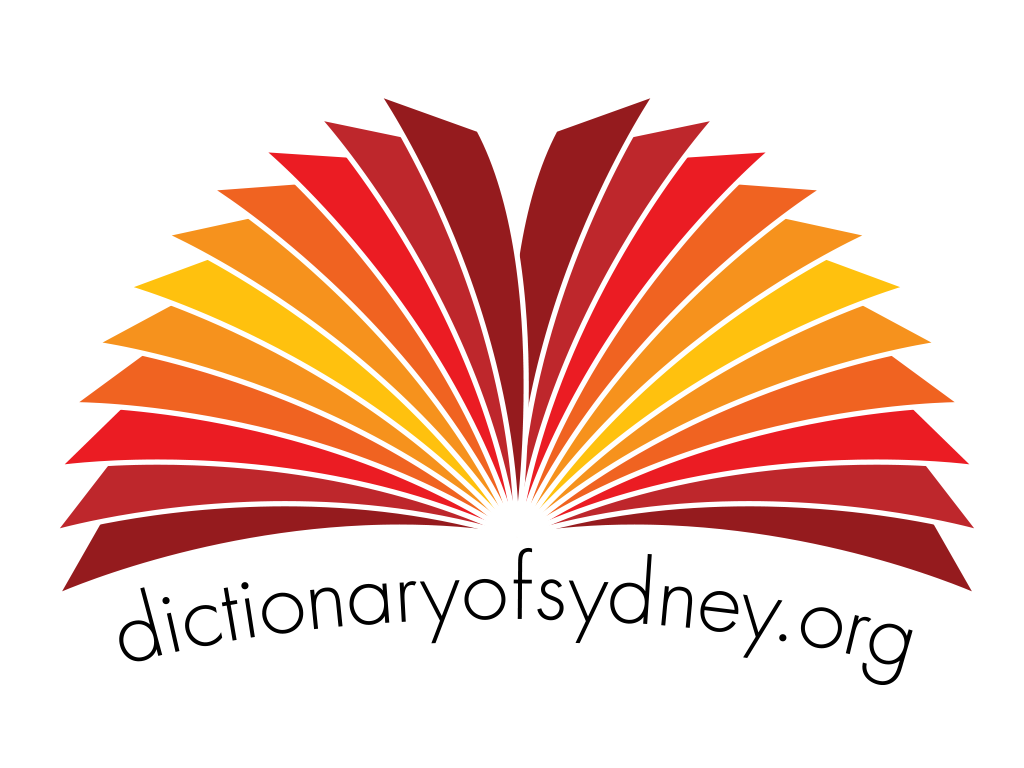The Dictionary of Sydney was archived in 2021.
YES, YES, YES!!
 'Lesbian Brides' marching group, Mardi Gras 1994 Photograph by C. Moore Hardy, Courtesy City of Sydney Archives (C. Moore Hardy Collection 061352)
'Lesbian Brides' marching group, Mardi Gras 1994 Photograph by C. Moore Hardy, Courtesy City of Sydney Archives (C. Moore Hardy Collection 061352)
The Dictionary of Sydney has a number of articles that chart the history of the gay and lesbian community in Sydney. Leading historians Garry Wotherspoon and Rebecca Jennings have written great books on gay and lesbian Sydney and their essays for the Dictionary provide a wonderful overview, charting the LGBTQI community's subcultures, the scandals - both whispered and wild - and the outings.
 William Lygon, 7th Earl of Beauchamp, and Governor of New South Wales 1899 Courtesy Mitchell Library, State Library of NSW (a593005 / ON 219/123)
William Lygon, 7th Earl of Beauchamp, and Governor of New South Wales 1899 Courtesy Mitchell Library, State Library of NSW (a593005 / ON 219/123)
 Tom Hurly was a resident of the Parramatta Lunatic Asylum whose life was described in an account of a visit to the asylum reported in the Australian Home Companion and Band of Hope Journal in June 1861. 'We now passed into the female department, which is divided from the men's ward by high walls..... On leaving this room we saw a little dapper man approaching, dressed in neat frock coat and trowsers, and somewhat shabby white hat. A visitor we enquired? "No," replied Mrs. Statham, "that is one of our characters - it is a woman who fancies herself a man, and whom we humor by allowing her to dress according to her ideas."... If her fancy of dressing as a man were denied her, without doubt she would be in a constant state of excitement and violence.'
Tom Hurly was a resident of the Parramatta Lunatic Asylum whose life was described in an account of a visit to the asylum reported in the Australian Home Companion and Band of Hope Journal in June 1861. 'We now passed into the female department, which is divided from the men's ward by high walls..... On leaving this room we saw a little dapper man approaching, dressed in neat frock coat and trowsers, and somewhat shabby white hat. A visitor we enquired? "No," replied Mrs. Statham, "that is one of our characters - it is a woman who fancies herself a man, and whom we humor by allowing her to dress according to her ideas."... If her fancy of dressing as a man were denied her, without doubt she would be in a constant state of excitement and violence.'
Listen to the podcast with Lisa & Nic here, and tune in to 2SER Breakfast with Nic Healey on 107.3 every Wednesday morning at 8:15-8:20 am to hear more from the Dictionary of Sydney.
The Dictionary of Sydney needs your help. Make a donation to the Dictionary of Sydney and claim a tax deduction!
Categories
Blog
2ser
GLBTI
Lisa Murray
Marriage equality
Nic Healey
plebiscite
SSM
Yes vote

